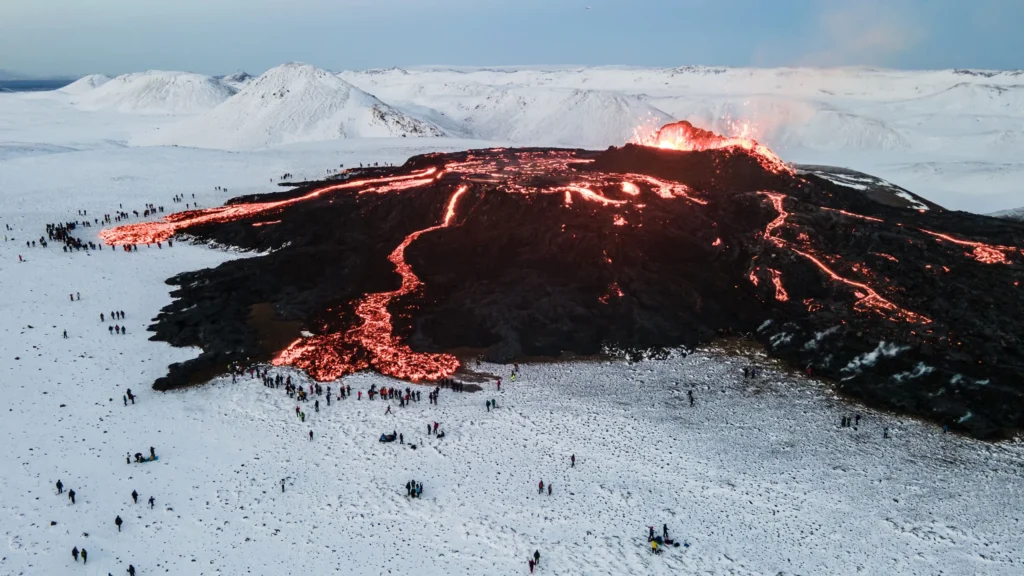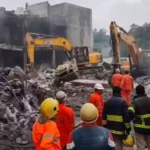
After 800 years of silence, a dramatic shift is occurring beneath Iceland’s surface, signaling a significant awakening of a long-dormant faultline. The recent eruptions of the Fagradalsfjall volcano have not only captivated the world with their stark beauty but also raised concerns about the potential for future volcanic activity. But what does this awakening mean for Iceland and the broader implications for volcanic monitoring and preparedness?
The Fagradalsfjall volcano, located near the Icelandic fishing port of Grindavik, has erupted three times since December 2023, with the latest eruption on February 8 sending rivers of molten rock across the icy landscape. This series of eruptions has confirmed that the faultline running under the country, long thought to be dormant, is now active and could pose a threat of sudden lava outbursts for years to come.
The impact of these eruptions extends beyond the awe-inspiring visuals captured by satellites. Over 20,000 households have experienced significant disruptions, including the severing of the hot water supply, a critical resource in the cold climate of Iceland. The Civil Protection Agency has declared an emergency status for the entire Reykjanes Peninsula region, highlighting the severity of the situation and the challenges faced by the community.
The Copernicus Sentinel-2 satellites, part of the European Union’s Copernicus program, have played a crucial role in monitoring the situation, capturing detailed images of the eruption less than ten hours after it began. These images provide valuable data for scientists and emergency responders, offering insights into the eruption’s progression and its impact on the surrounding area.
The awakening of this faultline and the recent volcanic activity mark a significant moment in Iceland’s geological history. It serves as a reminder of the dynamic and ever-changing nature of our planet. For scientists, it presents an opportunity to study the behavior of long-dormant faultlines and improve volcanic monitoring and prediction methods. For the residents of Iceland, particularly those in the affected regions, it underscores the importance of emergency preparedness and resilience in the face of natural disasters.
In conclusion, the reactivation of the faultline beneath Iceland and the eruptions of the Fagradalsfjall volcano represent a pivotal moment with far-reaching implications. As the country navigates the challenges posed by this renewed volcanic activity, the global community watches closely, recognizing the importance of understanding and preparing for the powerful forces that shape our Earth.




































Leave a Reply